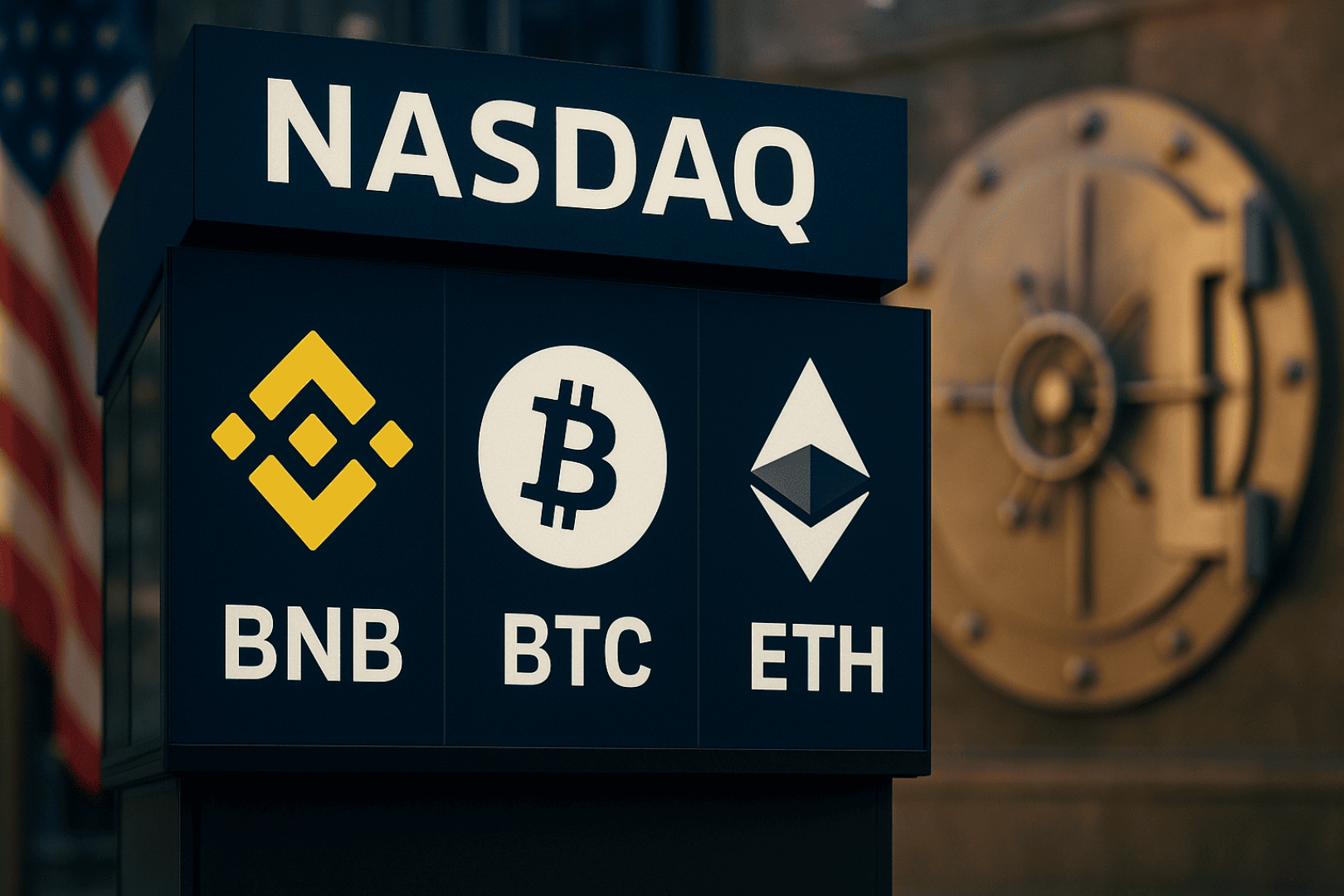Editor's Note: This article comes fromCrypto Valley Live (ID: cryptovalley)Editor's Note: This article comes from
Crypto Valley Live (ID: cryptovalley)
Crypto Valley Live (ID: cryptovalley)
BTC has reached its highest price in the last year and finally broke through the $12,000 price resistance level! This is almost two months after the price crash in September, when BTC pulled back to the $10,000 level after setting a price record at the time. Prices have been trending slowly upward since then, with monthly volatility increasing to 43% from 33% on Wednesday -- a three-month low previously observed in late July. The ETH market has followed a similar pattern.
When there is a major and unexpected price drop in the stock market, investors tend to liquidate their positions in the best-performing assets to cover losses in other assets. BTC has been outperforming most assets this year, so in the event of another market downturn, BTC could suffer similarly to March. Therefore, a drop in the stock market may trigger a profit-taking flight in BTC. This points to greater opportunities at times when the correlation between cryptocurrency volatility and the stock market is low.
image description
S&P 500 and BTC correlation (1 month and 1 year)
secondary title
macro outlook
The impact of changes in expectations for the U.S. election results can also be observed from the S&P 500 VIX in November, which fell from a closing value of 36.15 on September 3 to 29.85 on October 20. Concerns about an uncertain election outcome and how long that uncertainty might last may be behind the spike in expected volatility after Election Day. That said, with more polling data, that concern has diminished, but overall volatility levels remain high, with the S&P 500 VIX Futures index at 29.1 in December, compared with 28.6 in January. The average VIX index over the past decade has ranged between 15 and 20 ticks.
Expected volatility in global markets suggests more volatile months are likely ahead, and crypto traders should be aware of the risks due to increased correlation with crypto in 2020. U.S. elections always lead to increased volatility. As a result, options expiring a few days after the election always trade at a premium to options with longer maturities to compensate for volatility, leaving the seller to bear more significant price volatility and remaining low time value.
secondary title
Impact on Cryptography
image description
S&P 500 - 10 Best and Worst Days by Yield
The worst days for BTC and ETH were down 30%, and the best days were up 20%, which coincided with the S&P 500 index, which shows that market shocks have a corresponding impact on the crypto market, and prices fall more than rises obvious. In mid-July, the one-month correlation between BTC and the S&P 500 increased to 79%. For this reason, this can affect your crypto portfolio.
secondary title
Tech stocks - have been the main driver of the stock market recovery during the Covid-19 crisis. However, over-reliance on one industry, if growth in that industry declines, could lead to a sharp correction in the market. The technology sector has outperformed the broader market for more than a decade, and that rapid growth may no longer be sustainable. The PC industry in particular has outperformed the last 3 quarters despite otherwise slow growth and Section 230 (protecting free speech) harsh criticism of IT companies. Stricter regulatory measures and a return to pre-COVID growth rates could lead to a sharp drop in expected earnings and put downward price pressure on the overall index. More hedge funds have started shorting the sector in recent weeks, sparking a shift in sentiment.
Biotech - A Covid-19 vaccine may finally bring the world back to a normal way of life. It's no surprise, then, that the market rallied after news of the first expected results from the Phase 3 trial came around the end of November. However, Johnson & Johnson and AstraZeneca, the two leading developers of Covid-19 vaccines, have previously faced trial setbacks. If more issues arise, more delays could turn the market bearish overall.
UNITED STATES - While the stimulus package is still not agreed, markets have started to recover since May without any massive liquidity injections into the economy. At present, the general account of the US Treasury Department has accumulated more than 1.68 trillion US dollars, which is ready to be injected into the US economy. This may have a positive effect on promoting and accelerating the overall recovery of the market, and Bitcoin will also benefit due to potential inflation concerns.
Expectations for BTC
BTC Orderbook Term Structure by Genesis Volatility.
The following figure shows the term structure of Deribit BTC options. Due to the time value of options, the term structure tends to be upward sloping. However, the hump shows the sharp price swings that are expected over a specific time period. Similar to traditional markets, BTC markets have priced in potential volatility for the election week from Oct. 30 to Nov. 6. Increased volatility is expected to persist through at least the end of the fourth quarter.
image description
Implied volatility can serve as an unbiased estimator of future realized volatility and can serve as the basis for your trading strategy.
volatility trend
At the beginning of this week, the BTC daily implied volatility reached the lowest value in YTD - 2.9%. And while it rebounded quickly, it is still 15% below the annual average due to past sideways market conditions. ETH implied volatility followed a similar pattern, however, as DeFi hype slowed down in early fall, its implied volatility even fell below its realized volatility.
Since the volatility mean is known to recover slowly (a trend already observed in crypto markets - periods of low volatility followed by significant volatility spikes), the current volatility shows a good entry point into the crypto options market.
image description



